
“What a change from the 1984 Tom Clancy novel The Hunt for Red October. Today, it seems more like the hunt for the nearest mechanic,” quipped NATO chief Mark Rutte earlier this year. His quip captured the mood in Western defense circles as Russia’s once-formidable Mediterranean presence unraveled.
For decades, the Kremlin’s naval foothold in Syria’s Tartus had served as the linchpin of its bluewater ambitions, facilitating submarine patrols, intelligence operations, and power projection into the Middle East and North Africa for sustained periods. Yet the sudden collapse of Bashar al-Assad’s regime and the resultant loss of Tartus have triggered an operational cascade.
Below is a listicle that dissects the most consequential blows-from technical failures to geopolitical reversals-that have left Moscow scrambling for alternatives and exposed the fragility of its Mediterranean strategy.

1. The Fall of Assad and the Loss of Tartus
The fall of Bashar al-Assad in late 2024 cost Russia its only deepwater Mediterranean port. Tartus was much more than a refueling stop: it was a maintenance facility capable of servicing four medium-sized ships, including submarines, and rearming warships via helicopter. Its strategic value lay in proximity to the Bosphorus Strait and reduced NATO oversight. Without Tartus, Russia’s Mediterranean fleet must endure long transits to Novorossiysk or Baltic ports, stretching logistics and eroding operational tempo.
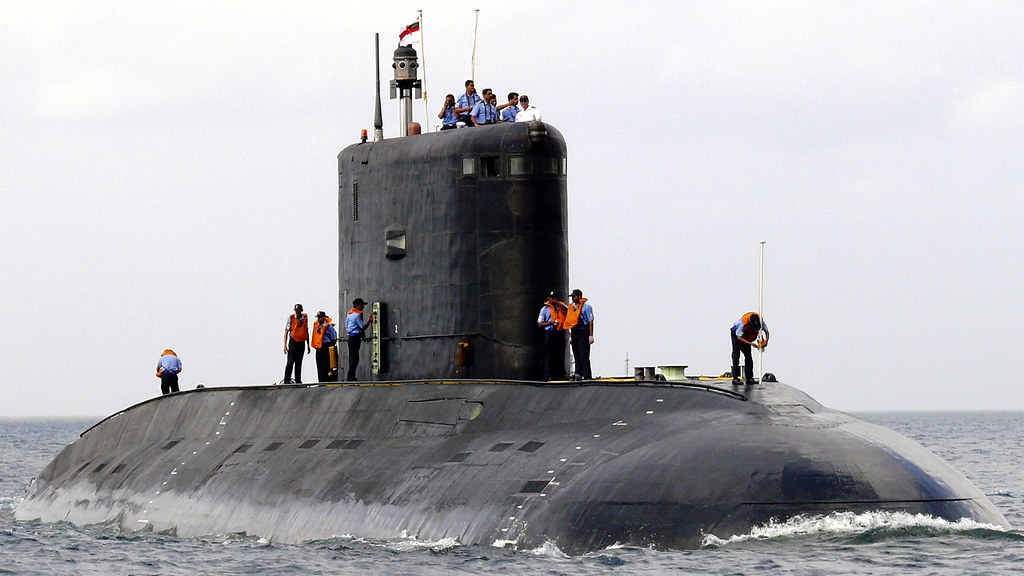
2. Withdrawal of the Novorossiysk Submarine
On January 2, the Improved Kilo Class submarine Novorossiysk (B-61) – Russia’s last conventional submarine in the Mediterranean – left the theatre. Days later, NATO Maritime Command confirmed sightings off Portugal, shadowed by Portuguese Navy vessels. Naval News underlined that no conventional submarine has called at Tartus since December 3 and therefore this is the first time in a decade that Russia does not have a conventional submarine deployed to the Mediterranean. The absence thus undermines deterrence and signals a sharp contraction of undersea capabilities.

3. Technical Failures and Public Embarrassment
Reports from VChK-OGPU claimed fuel had poured into the Novorossiysk’s hold during its passage of the Strait of Gibraltar, threatening detonation. Authorities in Holland said the ship was under tow in the North Sea; Russian denials that it was surfacing routinely merely to follow the rules of the road for navigation proved false. NATO’s Rutte ridiculed the “broken” submarine as “limping” home, reinforcing perceptions of a fleet beset by problems with readiness and maintenance.

4. NATO’s Baltic and High North Pressure
The fall of Tartus came as NATO has expanded its deployments in the Baltic and High North under the Baltic Sentry mission. Frigates, maritime patrol aircraft, drones and surveillance assets have surged allied presence, forcing Moscow to look north. A NATO official with knowledge of the matter told Defense News sustaining a Kilo-class submarine in the Mediterranean now requires a deployment from northern or Baltic ports – a costly and complex operation.
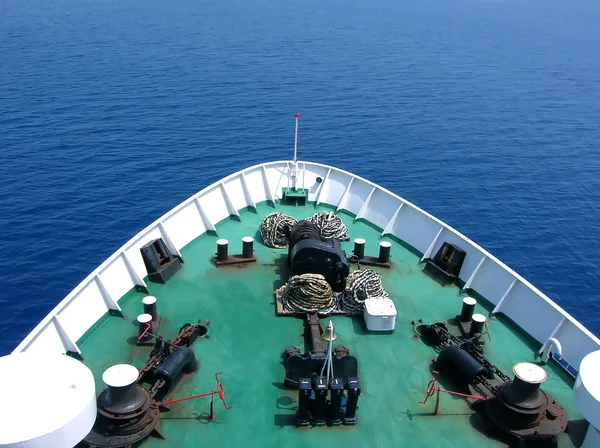
5. Strategic Mobility Undermined
Starting in the 1960s, Soviet and Russian doctrine underscored strategic mobility-the ability to move ships from one fleet area to another to offset their unfavorable geography. Central to this has been Tartus, which has enabled interfleet transfers and long Mediterranean patrols without shore leave. Its loss now brings back the chokepoint problem of the Turkish Straits, closed to Russian warships since 2022 under the Montreux Convention, and forces reliance on distant ports quite ill-suited for sustained operations.
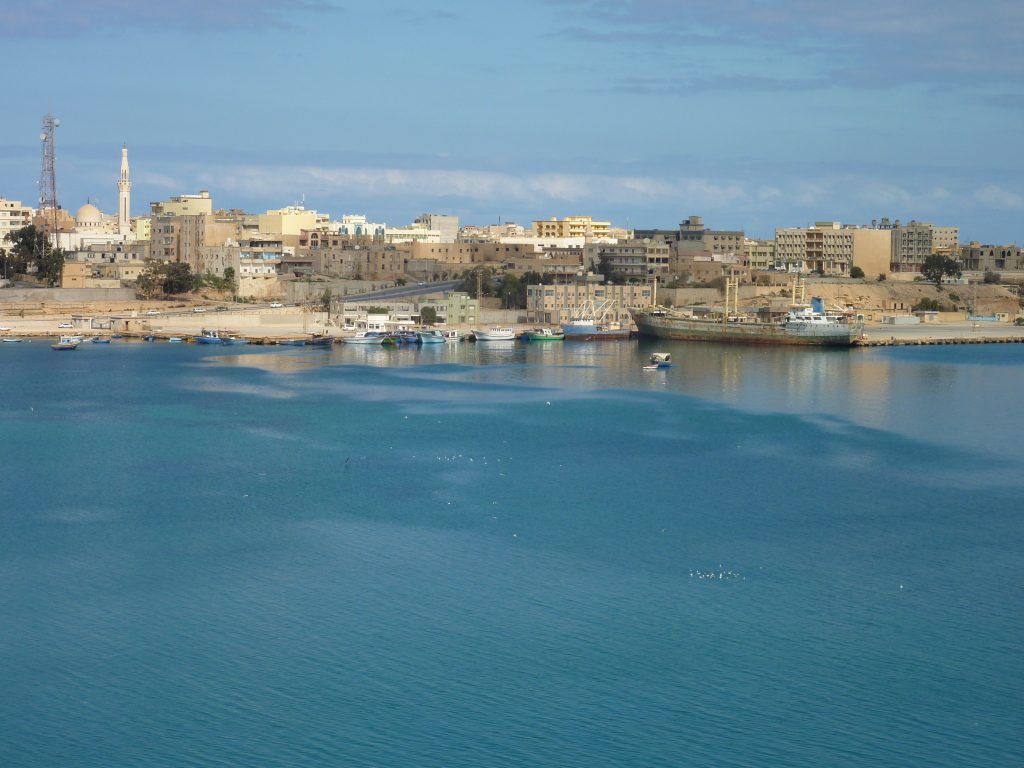
6. Libya as a Contested Alternative
Moscow is looking at eastern Libya, specifically Tobruk and Benghazi, controlled by General Khalifa Haftar, as an alternative hub. Satellite imagery shows reinforced runways and perimeter defenses at the bases under his control, supported by maritime deliveries through Tobruk. Facilities lack dry docks, however; capacity is limited for large warships. Political risk is high: Haftar has ties with France, and Turkish presence in Libya makes any permanent Russian basing complicated.
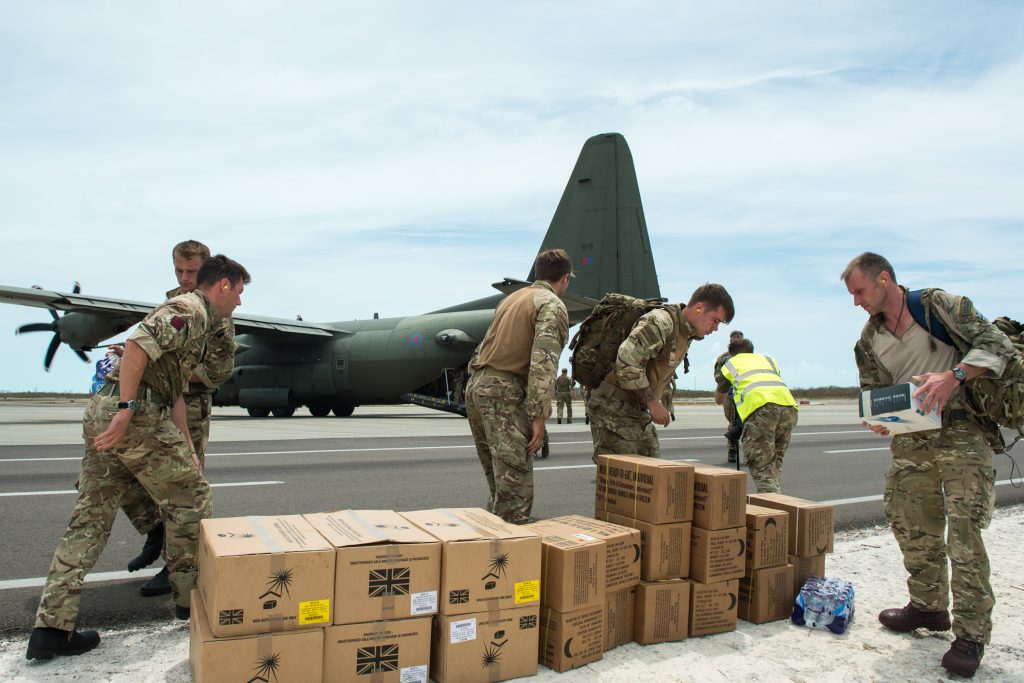
7. Disruption of Africa Corps Supply Chain
For the operations of Russia’s Africa Corps in Mali, Central African Republic, and Niger, the gateways were Syria’s Khmeimim airbase and the port of Tartus. Flights from Latakia reached Bangui in 5½ hours, thus allowing troop rotations and delivery of equipment. Without this hub, the supply lines to active frontlines are strained, threatening Russia’s ability to protect allied regimes and extract resources such as gold and uranium.
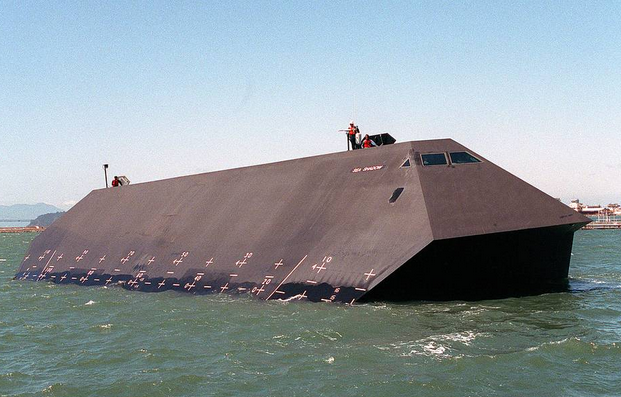
8. Exposure of the ‘Shadow Fleet’
The transfer of assets from Syria to Libya would risk the exposure of Russia’s clandestine maritime network used to move sanctioned oil. Proximity to EU waters, analysts also warn, could invite more scrutiny from EUNAVFOR, which has legal authority to enforce the UN arms embargo on Libya. Past interdictions, such as Italy’s seizure of Haftar-bound weapons in June, show NATO’s willingness to act.

9. Symbolic Blow to Great Power Status
Aside from the operational losses, the eviction from Tartus strikes at Russia’s image as a global naval power. Since Peter the Great, access to warm waters has been a strategic obsession. Tartus was a rare success in that quest. The possible loss, coupled with setbacks in the Black Sea, diminishes Moscow’s credibility in Africa, Asia, and South America, where naval presence underpins diplomatic leverage.
While this is far from the end of Russia’s regional ambitions, it unmistakably marks a turning point. Technical failures, logistical strain, and geopolitical pushback have combined to expose vulnerabilities long masked by the utility of Tartus. Whether Moscow pivots effectively toward Libya or claws back access in Syria, its ability to project sustained naval power in the Mediterranean will remain constrained-a reality NATO and regional actors are already exploiting.


